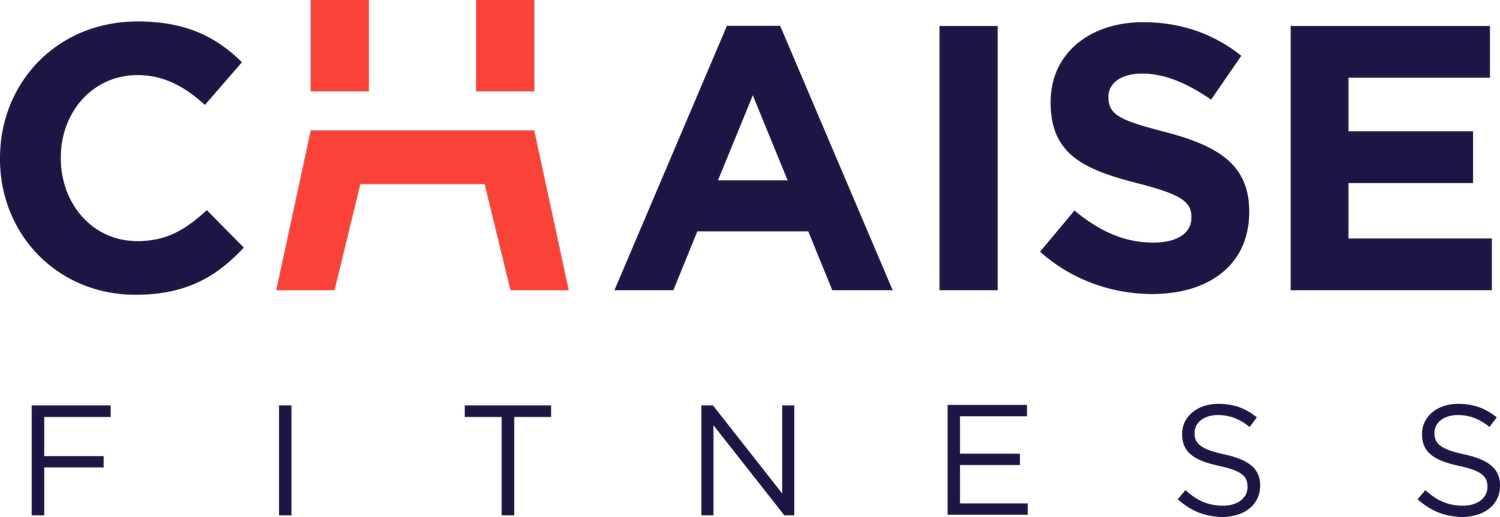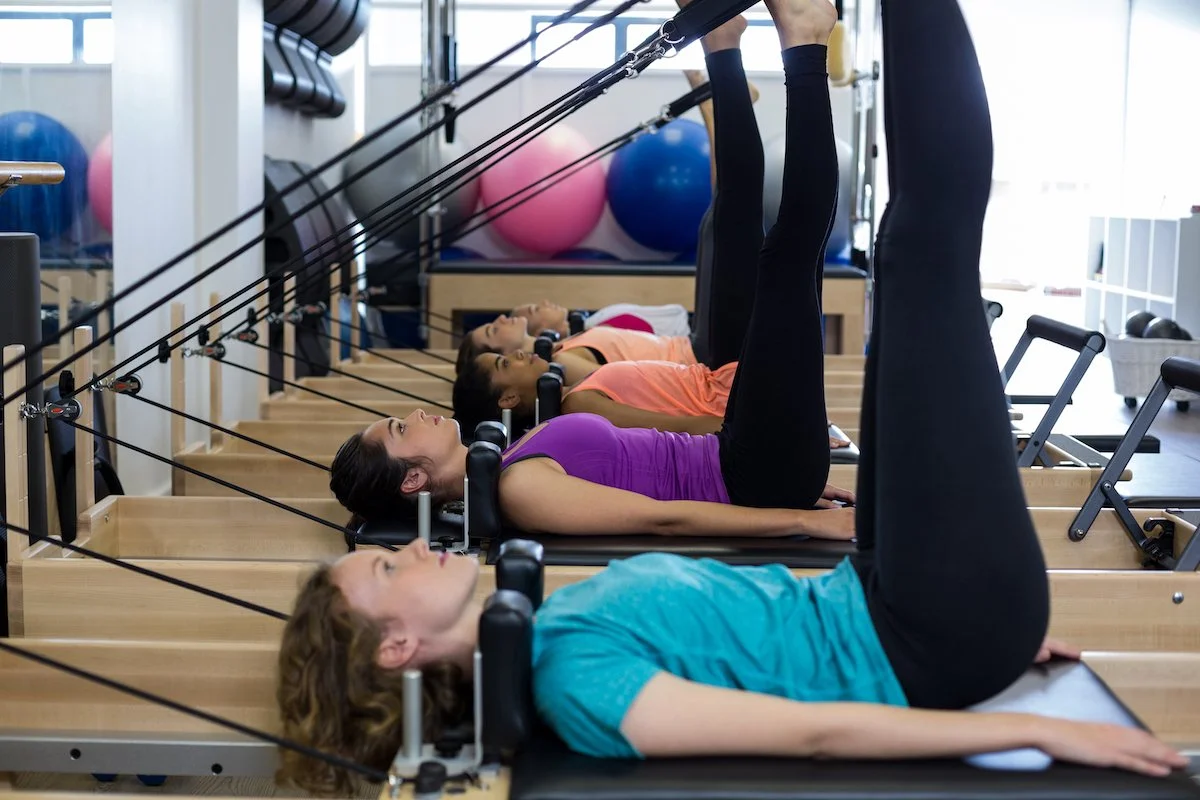Which Type of Pilates Class is Best for You?
Pilates is a versatile and highly effective form of exercise that focuses on strengthening the body with an emphasis on core strength. Developed by Joseph Pilates in the early 20th century, this method has evolved over the decades, spawning various styles and approaches. With such a wide range of Pilates classes available, it can be overwhelming to determine which one is best suited for your needs and goals. This guide will walk you through the different types of Pilates classes and help you make an informed decision.
Types of Pilates Classes
1. Mat Pilates: The Foundation of the Practice
Overview:
Mat Pilates is the most accessible and widely practiced form of Pilates. It is performed on a mat without the need for specialized equipment. The exercises focus on bodyweight resistance and incorporate movements that enhance flexibility, strength, and endurance, particularly in the core muscles.
Who It’s For:
Mat Pilates is ideal for beginners who want to learn the basics of Pilates. It’s also great for those who prefer a low-cost, equipment-free option that can be done at home or in a group setting. Mat Pilates can be modified to suit various fitness levels, making it accessible to a wide range of individuals.
Benefits:
Core Strength: Mat Pilates is excellent for building a strong core, which is crucial for overall stability and balance.
Flexibility: The exercises improve flexibility, particularly in the spine and hips.
Accessibility: Since it doesn’t require any special equipment, it’s easy to practice anywhere.
Low Impact: It’s gentle on the joints, making it suitable for individuals with certain physical limitations.
2. Reformer Pilates: Precision and Resistance
Overview:
Reformer Pilates is performed on a specialized piece of equipment called the Reformer, which uses springs, straps, and a sliding carriage to create resistance. This equipment allows for a greater range of motion and more precise control over movements compared to mat Pilates.
Who It’s For:
Reformer Pilates is suitable for individuals looking for a more challenging workout that still focuses on core strength but with added resistance. It’s also beneficial for those recovering from injuries or looking to target specific muscle groups with precision.
Benefits:
Increased Resistance: The Reformer provides adjustable resistance, making it possible to intensify the workout and build strength.
Full-Body Workout: Reformer Pilates engages multiple muscle groups simultaneously, offering a comprehensive workout.
Enhanced Flexibility and Range of Motion: The equipment allows for deeper stretches and greater range of motion.
Rehabilitation: Reformer Pilates is often used in physical therapy to aid in injury recovery due to its controlled, low-impact nature.
3. Clinical Pilates: Rehabilitation and Therapeutic Focus
Overview:
Clinical Pilates is a specialized form of Pilates designed by physiotherapists to address specific rehabilitation needs. It’s tailored to individuals recovering from injuries, surgeries, or those with chronic conditions such as back pain. The exercises are often modified to accommodate individual needs and limitations.
Who It’s For:
Clinical Pilates is ideal for those recovering from injury or surgery, individuals with chronic pain or physical limitations, and anyone seeking a personalized approach to Pilates under the guidance of a healthcare professional.
Benefits:
Rehabilitation: Tailored exercises help in the recovery and rehabilitation of injuries.
Pain Management: It can be particularly effective for managing chronic pain conditions.
Personalized Attention: Sessions are usually one-on-one or in small groups, ensuring personalized attention and a focus on individual needs.
Safety: The exercises are designed to be safe for individuals with specific medical conditions.
4. Contemporary Pilates: A Modern Twist
Overview:
Contemporary Pilates is an evolution of the traditional Pilates method, incorporating modern research, fitness trends, and sometimes other movement practices like yoga or strength training. This approach is more dynamic and often includes a broader variety of exercises.
Who It’s For:
Contemporary Pilates is perfect for those who enjoy a modern approach to fitness and are open to blending different exercise techniques. It’s also suitable for individuals who want a more varied and dynamic Pilates experience.
Benefits:
Variety: Incorporates a wide range of movements and exercises, preventing monotony.
Innovation: Utilizes the latest fitness trends and research to enhance the Pilates experience.
Adaptability: Can be tailored to suit different fitness levels and goals.
Holistic Approach: May incorporate elements of other fitness disciplines, offering a more comprehensive workout.
5. Pilates for Athletes: Sport-Specific Conditioning
Overview:
Pilates for athletes is a specialized form that focuses on enhancing athletic performance. The exercises are designed to improve strength, flexibility, balance, and coordination, all of which are crucial for athletes in any sport.
Who It’s For:
This type of Pilates is ideal for athletes looking to improve their performance, prevent injuries, or recover from them. It’s also beneficial for individuals who engage in high-intensity sports and want to enhance their overall fitness and conditioning.
Benefits:
Performance Enhancement: Targeted exercises help improve sports-specific strength and flexibility.
Injury Prevention: Focuses on strengthening muscles that support joints, reducing the risk of injury.
Recovery: Aids in faster recovery from sports-related injuries.
Balance and Coordination: Improves proprioception and body awareness, essential for athletic performance.
6. Pilates Fusion: The Best of Both Worlds
Overview:
Pilates Fusion blends traditional Pilates with other fitness modalities such as yoga, barre, or cardio. This type of class offers a more dynamic and varied workout that combines the core-strengthening benefits of Pilates with the added benefits of the other disciplines.
Who It’s For:
Pilates Fusion is suitable for individuals who enjoy a mix of exercise styles and want to maximize their workout time by combining different fitness elements. It’s also great for those who might find traditional Pilates too slow-paced and want a more energetic experience.
Benefits:
Comprehensive Workout: Combines strength, flexibility, and cardio in one session.
Variety: Keeps workouts interesting by incorporating different movements and techniques.
Efficiency: Provides a full-body workout in a shorter amount of time.
Increased Calorie Burn: The addition of cardio or other high-energy elements can boost calorie burn.
Choosing the Right Pilates Class for You
When deciding which Pilates class is best for you, consider your fitness goals, current physical condition, and personal preferences. Here are a few tips to help you choose:
Identify Your Goals: Are you looking to build core strength, recover from an injury, improve flexibility, or enhance your athletic performance? Your goals will guide your choice.
Consider Your Fitness Level: Beginners might start with Mat Pilates, while those with more experience or specific goals might opt for Reformer, Clinical, or Pilates for Athletes.
Assess Your Preferences: Do you enjoy a traditional approach, or are you looking for something more modern and varied? Contemporary Pilates or Pilates Fusion might be more your style.
Seek Professional Guidance: If you have any medical conditions or are recovering from an injury, it’s wise to consult with a healthcare professional or a certified Pilates instructor who can recommend the best class for your needs.
Pilates is a versatile and effective exercise method with something to offer everyone, regardless of fitness level or goals. Whether you're a beginner looking to build core strength, an athlete seeking to enhance performance, or someone recovering from an injury, there's a Pilates class that's right for you. By understanding the different types of Pilates classes and considering your personal needs and preferences, you can find the perfect class to help you achieve your fitness goals.
ChaiseFitness Offers a Variety of Different Pilates Classes
At ChaiseFitness, we believe that anyone can be fit—no matter what skill level or body type. This belief inspired the creation of our patented Reinvention Method, which is for everyone—the athlete, the dancer, the beginner, the advanced, the rebuilder. We blend Pilates, ballet, and strength training and equip you with a chair and overhead bungees so that you work out all your muscles every time. We are located in Upper East Side in Manhattan. For more information, you can contact us at (973)996-2063, or visit our website.

